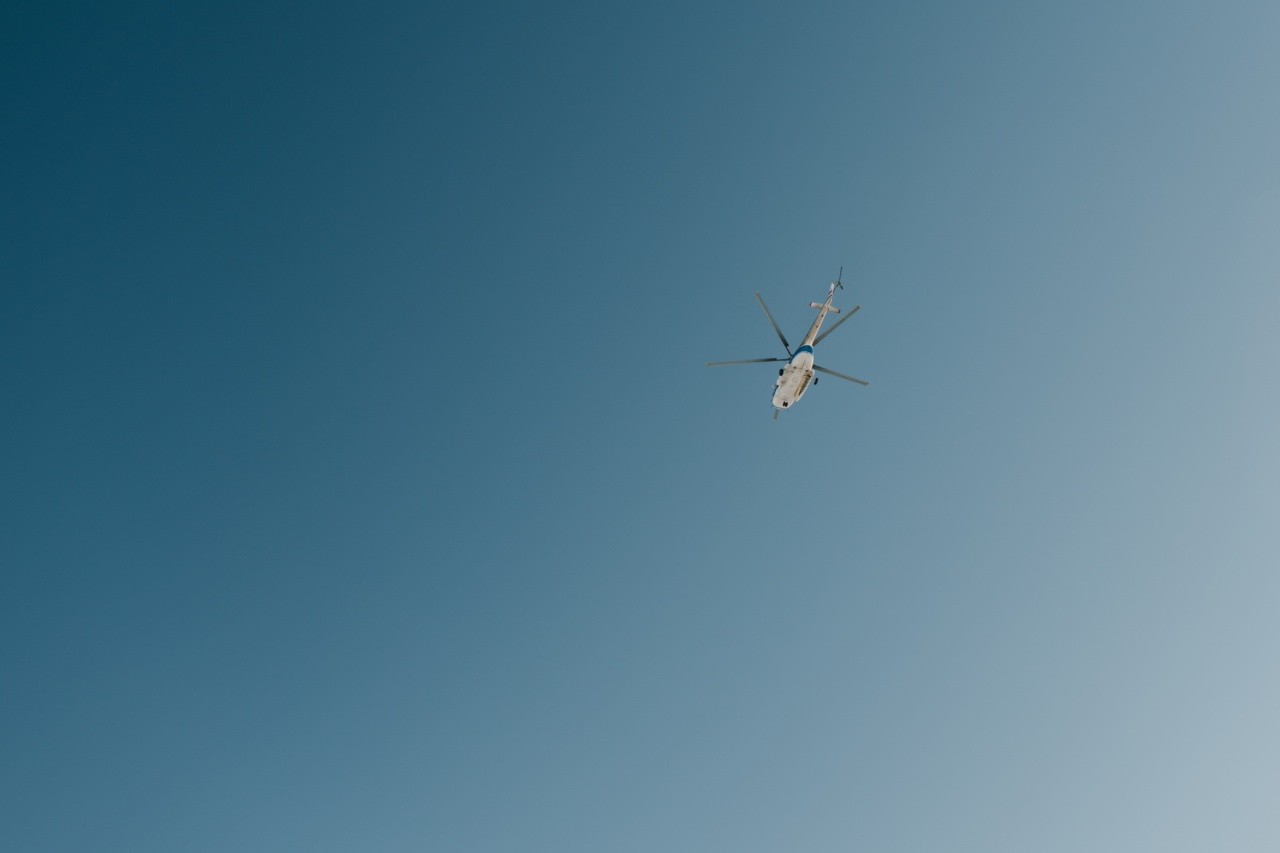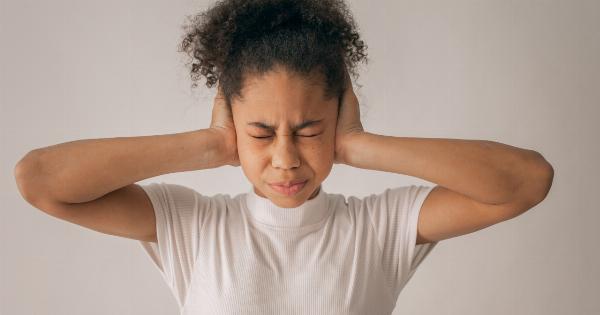For many people, flying can be uncomfortable due to the changes in air pressure. This often leads to a feeling of clogged or blocked ears. However, there are several techniques that can help you clear your ears on a flight and alleviate any discomfort.
In this article, we will explore these methods and provide you with effective strategies to ensure a comfortable and pain-free flying experience.
Why Do Your Ears Get Clogged on a Flight?
Before diving into the techniques to clear your ears, it’s important to understand why this happens in the first place. As an airplane gains altitude or descends, the air pressure in the cabin changes rapidly.
This change in pressure affects the air pressure in your Eustachian tubes, which connect your middle ear to the back of the nose and throat.
Normally, these tubes help equalize the pressure in your ears by allowing air to flow in and out.
However, during a flight, the quick changes in altitude can make it difficult for the tubes to keep up, resulting in a feeling of ‘clogged’ ears.
1. Yawning and Swallowing
One of the simplest and most effective ways to clear your ears during a flight is to yawn and swallow frequently. Yawning helps to open up the Eustachian tubes and equalize the pressure in your ears.
Swallowing also activates the muscles that control the tubes, allowing them to function properly.
Try to consciously yawn or create a swallowing motion by gently moving your jaw up and down. You can also chew gum, suck on candy, or drink water to stimulate swallowing.
This technique can be used during takeoff, landing, and whenever you feel pressure building up in your ears.
2. Valsalva Maneuver
If yawning and swallowing alone don’t provide relief, you can try the Valsalva maneuver. This technique involves gently blowing air against your closed nostrils and mouth, as if you were trying to inflate your ears.
To perform the Valsalva maneuver:.
- Pinch your nose to close off your nostrils.
- Keep your mouth closed.
- Gently try to exhale through your nose while applying a slight pressure.
- You may hear a slight popping sound, indicating that your ears have equalized.
It’s important to exhale gently and not forcefully to avoid any complications. Repeat this maneuver several times until your ears feel clear.
3. Toynbee Maneuver
Another method that can help clear your ears is the Toynbee maneuver. This technique involves swallowing while pinching your nose, thus combining the benefits of swallowing and the Valsalva maneuver. To perform the Toynbee maneuver:.
- Pinch your nose with your fingers.
- Swallow while keeping your mouth closed.
This technique can be particularly effective for individuals who have difficulty performing the Valsalva maneuver or find it uncomfortable.
4. Frenzel Maneuver
The Frenzel maneuver is slightly more advanced and requires some practice. It involves closing your vocal cords while performing the Valsalva maneuver, allowing you to pressurize your nasal cavity. To perform the Frenzel maneuver:.
- Close your nostrils with your fingers.
- Press the back of your tongue against the roof of your mouth.
- Try to make the sound of the letter “k” while keeping your mouth closed.
This maneuver helps to control the pressure in your nose and throat, effectively equalizing the pressure in your middle ear.
5. Do Not Sleep During Descent
Sleeping during the descent can sometimes exacerbate ear discomfort. When we sleep, we may not swallow as frequently, which can interfere with the equalization process.
It’s best to try and stay awake during descent or at least be mindful of swallowing or yawning periodically.
6. Avoid Earplugs or Noise-Canceling Headphones
While earplugs and noise-canceling headphones can be great for blocking out unwanted noise during a flight, they can also hinder the equalization process.
These devices create a sealed environment in your ears, making it more difficult for air to flow in and out. If possible, remove your earplugs or headphones during takeoff and descent to facilitate pressure equalization.
7. Nasal Decongestants
If you frequently experience difficulty clearing your ears on flights, you may consider using a nasal decongestant before your flight.
Nasal decongestants help to reduce nasal congestion and can facilitate the equalization process by keeping your nasal passages clear.
However, it’s important to consult with your doctor before using any medications, as they may have side effects or contraindications.
8. Stay Hydrated
Proper hydration is essential for overall comfort during a flight, including the comfort of your ears. Staying hydrated helps to keep the mucous membranes in your nose and throat moist, allowing for smoother equalization of pressure.
Drink plenty of water before and during your flight, avoiding excessive alcohol or caffeine consumption, as they can contribute to dehydration.
9. Avoid Tobacco and Allergens
Both tobacco smoke and allergens can irritate your respiratory system, including your nasal passages and throat. This irritation can lead to increased congestion and make it harder to clear your ears.
If possible, avoid exposure to tobacco smoke before and during your flight. If you have known allergies, take appropriate measures to minimize exposure to allergens that may trigger your symptoms.
10. Diving and Flying Restrictions
If you have recently been scuba diving or plan to do so, it’s important to keep in mind the recommended time intervals between diving and flying.
Ascending to a high altitude too soon after diving can increase the risk of decompression sickness or other diving-related injuries. Consult diving professionals or medical experts to ensure the safe integration of diving and flying into your travel plans.
By following these techniques and recommendations, you can significantly reduce the discomfort caused by clogged ears during a flight.
Remember to start with simple methods such as yawning and swallowing before progressing to more advanced techniques like the Valsalva, Toynbee, or Frenzel maneuvers. Safe and comfortable travels begin with clear ears!.































